Growing Cotton - Know How to Grow Organic Cotton Successfully
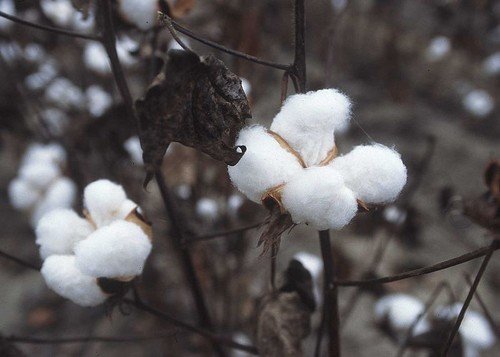

GROWING COTTON - THE RIGHT TYPE OF SOIL
Almost any well-drained soil will produce cotton. The following kinds of soil are admirably suited to this plant: red and gray loams with good clay subsoil; sandy soils over clay and sandstone and limestone; rich, well-drained bottom-lands. The safest soils are medium loams. Cotton land must always be well drained.GROWING COTTON - THE RIGHT CLIMATE
Cotton was originally a tropical plant, but, strange to say, it seems to thrive best in temperate zones. The cotton plant does best in climates which have (1) six months of freedom from frost; (2) a moderate, well-distributed rainfall during the plant's growing period (moderate rainfall, usually from 600 to 1200 mm (24 to 48 inches); and (3) abundant sunshine and little rain during the plant's maturing period.GROWING COTTON - PREPARING THE LAND
On some cotton farms it is the practice to break the land in winter or early spring and then let it lie naked until planting-time. This is not a good practice. The winter rains wash more plant food out of unprotected soil than a single crop would use. It would be better, in the late summer or fall, to plant crimson clover or some other protective and enriching cover crop on land that is to be planted in cotton in the spring. This cover crop, in addition to keeping the land from being injuriously washed, would greatly help the coming cotton crop by leaving the soil full of vegetable matter.
In preparing for cotton-planting, first disk the land thoroughly, then break with a heavy plow and harrow until a fine and mellow seed-bed is formed. Do not spare the harrow at this time. It destroys many a weed that, if allowed to grow, would have to be cut by costly hoeing. Thorough work before planting saves much expensive work in the later days of the crop. Moreover, no man can afford to allow his plant food and moisture to go to nourish weeds, even for a short time.
GROWING COTTON - PLANTING OUT
The rows should be from three to four feet apart. The width depends upon the richness of the soil. On rich land the rows should be at least four feet apart. This width allows the luxuriant plant to branch and fruit well. On poorer lands the distance of the rows should not be so great. The distribution of the seed in the row is of course most cheaply done by the planter. As a rule it is best not to ridge the land for the seed. Flat culture saves moisture and often prevents damage to the roots. In some sections, however, where the land is flat and full of water, ridging seems necessary if the land cannot be drained.GROWING COTTON - CORRECT CULTIVATION METHODS
The cheapest way of cultivating a cotton crop is to prevent grass and weeds from rooting, not to wait to destroy them after they are well rooted. To do this, it is well to run a harrow over the land, across the rows, a few days after the young plants are up. Repeat the harrowing in six or eight days. In addition to destroying the young grass and weeds, this harrowing also removes many of the young cotton plants and thereby saves much hoeing at "chopping-out" time. When the plants are about two inches high they are "chopped out" to secure an evenly distributed stand. It has been the custom to leave two stalks to a hill, but many growers are now leaving only one.The number of times the crop has to be worked depends on the soil and the season. If the soil is dry and porous, cultivate as often as possible, especially after each rain. Never allow a crust to form after a rain; the roots of plants must have air. Cultivation after each rain forms a dry mulch on the top of the soil and thus prevents rapid evaporation of moisture.
GROWING COTTON ORGANICALLY USING ORGANIC FERTILIZERS
Two things will keep the land in good condition: first, return manure to the land in place of the seeds; second, at the last working sow some crop like crimson clover or rye in the cotton rows to protect the soil during the winter and to leave humus in the ground for the spring.The stable manure should be broad casted over the fields at the rate of six to ten tons an acre. When using organic fertilizers in growing cotton it may be best to make two applications. To give the young plants a good start, apply a portion of the fertilizer in the drill just before planting. Then when the first blooms appear, put the remainder of the fertilizer in drills near the plants but not too close. Many cotton-growers, however, apply all the fertilizer at one time.
Needing so much farmyard manure means that cotton farmers and cattle raising go hand-in-hand. The farmer cannot afford to neglect cattle-raising when growing cotton. The cattle sections of the country are likely to make the greatest progress in agriculture, because they always have manure on hand. It is just so valuable to have.
Second, the nitrogen-gathering crops, while helping to feed the stock, also reduce the fertilizer bills by supplying one of the costly elements of the fertilizer. The ordinary cotton fertilizer consists principally of nitrogen, of potash, and of phosphoric acid. Of these three, by far the most costly is nitrogen. Now peas, beans, clover, and peanuts will leave enough nitrogen in the soil for cotton, so that if they are raised, it is necessary to replace only the phosphoric acid and sometimes potash.
You can Add your Own Comments and Pages on Growing Cotton!
We have lots of pages where you can contribute to throughout this homesteading website. We love hearing from our readers, and hope you will be one of those we hear from too. Feel free to write about your own experiences in growing cotton. You can do this by using the form below.
Leave a Comment
Do you have anything that you would like to add after reading this page? We would love to hear your thoughts. If you can add additional information to what has been written here you will be adding value to the website! No need to have any special skills - just type and submit. We will do the rest!
Other Comments
Click below to see comments from other visitors to this page...
Pennsylvania cotton! 




Pennsylvania, cotton: Quite by accident,I had purchased some cotton while touring the south. I was going to use the bolls, to make craft projects, particularly …
Growing cotton in Canada 




Canada has the largest surface ( after Russia)in the world. And it has a lot of water ,and rich soil ,suitable for growing cotton. But the climate is not …
Growing Cotton in Florida 




I am growing some cotton in Florida my back-yard. I planted then in styrofoam cups with miracle-grow potting soil.
They seem to be growing fine and …



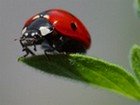
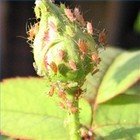
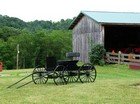

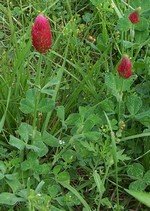
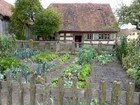
New! Comments
Do you have something of value to add? Leave me a comment in the box below.